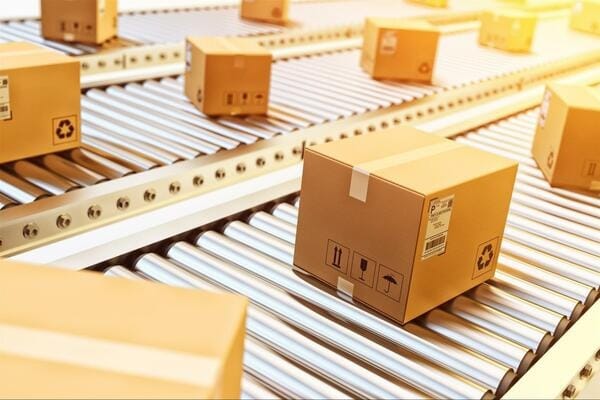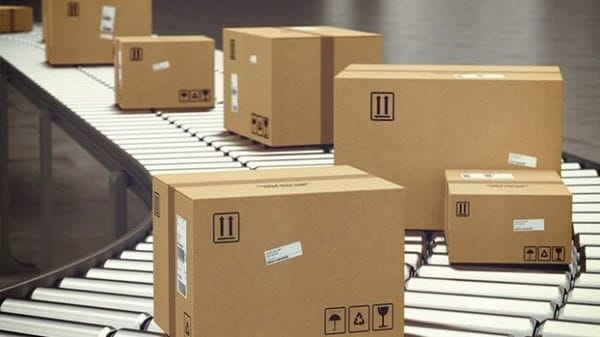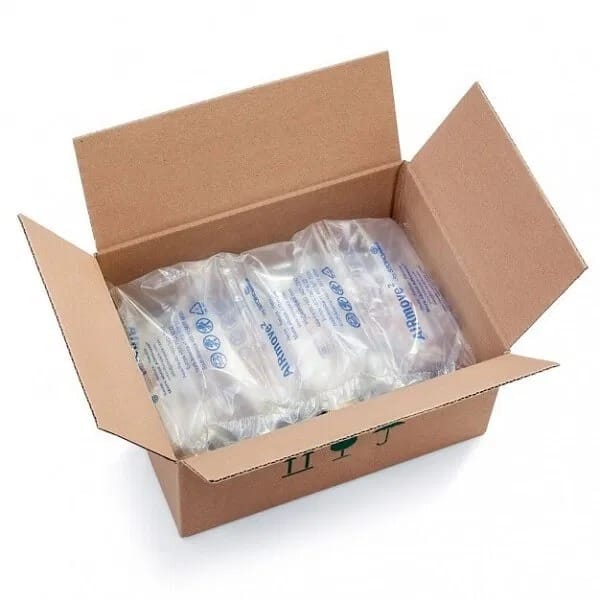In the context of deep international economic integration, exporting goods is no longer simply about delivering products abroad—it also requires professionalism in every step of the process, especially inexport packaging specifications. This article delves into the importance, core elements, and required compliance standards for export packaging. It also highlights how companies like Viot Minh Trang optimize this process to enhance their competitiveness on the global stage.
Why Are Export Packaging Specifications So Important?
Adhering to export packaging specifications is not only an obligation but also brings strategic benefits for businesses:
Optimal Product Protection
The primary purpose of packaging is to protect products from physical (impacts, vibrations), chemical (moisture, temperature), and biological (insects, bacteria) damage during long-distance transportation through various environments and conditions.
Proper packaging minimizes damage and loss, ensuring the product maintains its original quality upon reaching customers.
Compliance with International Regulations and Standards
Each country and market region has its own regulations regarding export packaging—especially for sensitive goods such as agricultural products and food. Non-compliance may result in import rejections, fines, or even returns, causing significant losses for exporters.
Cost and Space Optimization in Transportation
Efficient packaging helps maximize the use of container or vehicle space, reducing shipping costs. Additionally, using appropriate materials and optimized techniques can lower the total weight of the shipment, contributing to significant transportation cost savings.
Enhancing Brand Image and Value
Packaging is the “face” of a product in the eyes of customers. A professional, sturdy, and well-designed export packaging standard not only creates a strong first impression but also reflects the company’s professionalism and commitment—thereby increasing brand value and credibility on the international stage.

Export packaging specifications
See now:
Overview of Vietnam’s main export items
Key Elements of Export Packaging Specifications
To ensure effectiveness, export packaging must focus on the following key elements:
Packaging Materials
Choosing materials that match the product’s characteristics and transportation conditions is crucial. Common materials include: wood (crates, pallets), cardboard (3-5-7 ply cartons), plastic (shrink wrap, PE bags, plastic boxes), and metal (drums, containers).
For agricultural products, breathable materials that prevent moisture buildup and offer shock resistance should be prioritized.
Packaging Techniques
This involves how products are arranged, cushioned, and secured inside the packaging to minimize impacts and shifting. Techniques such as foam inserts, shrink wrapping, vacuum sealing, strapping, and palletizing play an essential role in protecting goods during transit.
Labeling and Information
Each export package must be clearly labeled with essential information such as: product name, quantity, weight, dimensions, manufacturer/exporter and importer details, barcode, and warning symbols (fragile, keep dry, etc.). Proper labeling facilitates transportation, customs clearance, and warehousing.
Recyclability and Sustainability
As environmental protection becomes a global priority, the use of eco-friendly packaging materials—those that are recyclable or biodegradable—is increasingly required, especially in major import markets. Sustainability is no longer optional but a standard expectation.

Key elements of export packaging specifications
See now:
Top 5 main agricultural export products bringing USD rate to Vietnam
Export Packaging Specifications and Practical Application
To ensure products reach international partners safely and intact, businesses must comply with specific standards and requirements:
General Standards and Industry Regulations
Many international organizations, such as ISO (International Organization for Standardization) and ISTA (International Safe Transit Association), have issued packaging standards to ensure maximum protection of goods. Additionally, each industry (e.g., agriculture, pharmaceuticals, electronics) has its own specific packaging, temperature, and humidity requirements.
Import Market Requirements
Major markets such as the United States, the EU, Japan, and China often impose detailed packaging regulations.
For example:
- The EU has strict rules for packaging materials that come into contact with food.
- Japan emphasizes clean and sturdy packaging.
- China enforces regulations on phytosanitary inspection and the use of wooden packaging materials.
Understanding and complying with these market-specific requirements is essential for smooth customs clearance and market entry.

How to pack export goods and practical applications
See now:
Vietnam’s agricultural export situation 2025–2026: New Opportunities and Challenges
Viot Minh Trang and Export Packaging Standards for Agricultural Products
As one of Vietnam’s leading exporters of agricultural products, Viot Minh Trang places export packaging at the core of its operations. With a commitment to clean, transparent, and sustainable production, the company not only focuses on sourcing high-quality raw materials but also invests heavily in the packaging process.
Viot Minh Trang’s processing facilities meet stringent international certifications such as ISO 22000, HACCP, GMP, and Halal. This ensures that every product—whether rice, coffee, cashews, or fruits and vegetables—is produced in a hygienic environment and packaged according to the highest safety and preservation standards, optimized for long-distance transportation.
We employ the most advanced materials and packaging technologies to preserve the full flavor and quality of our agricultural products when they reach partners and consumers worldwide. Viot Minh Trang offers a diverse range of product formats (fresh, frozen, dried, ground, OEM/ODM packaging), each with tightly controlled and customized packaging specifications.
A Strategic Imperative Export packaging is no longer just a technical task—it has become a strategic factor that can determine a business’s success or failure in the global marketplace. Investing in high-quality materials, advanced techniques, proper labeling, and strict adherence to international standards is the key to helping Vietnamese goods expand their global reach, minimize risks, reduce costs, and build a strong brand image.
Enterprises like Viot Minh Trang, with a strong focus on premium export packaging, are reinforcing the reputation of Vietnamese agricultural products on the world stage—bringing lasting value to both global partners and consumers.





Tác giả Tưởng Mạnh Biên
Là chuyên gia giàu kinh nghiệm trong lĩnh vực xuất khẩu nông sản. Với nhiều năm làm việc, nghiên cứu và trực tiếp tham gia vào các hoạt động sản xuất, kinh doanh và xuất khẩu nông sản, tác giả chia sẻ những kiến thức chuyên môn sâu sắc cùng các bài học thực tiễn giá trị nhằm hỗ trợ doanh nghiệp.
- Địa chỉ: Số 27, Tổ 23, Lĩnh Nam, Hoàng Mai, Hà Nội
- Email: viotvietnam.vn@gmail.com
- SĐT: 0977 728 269